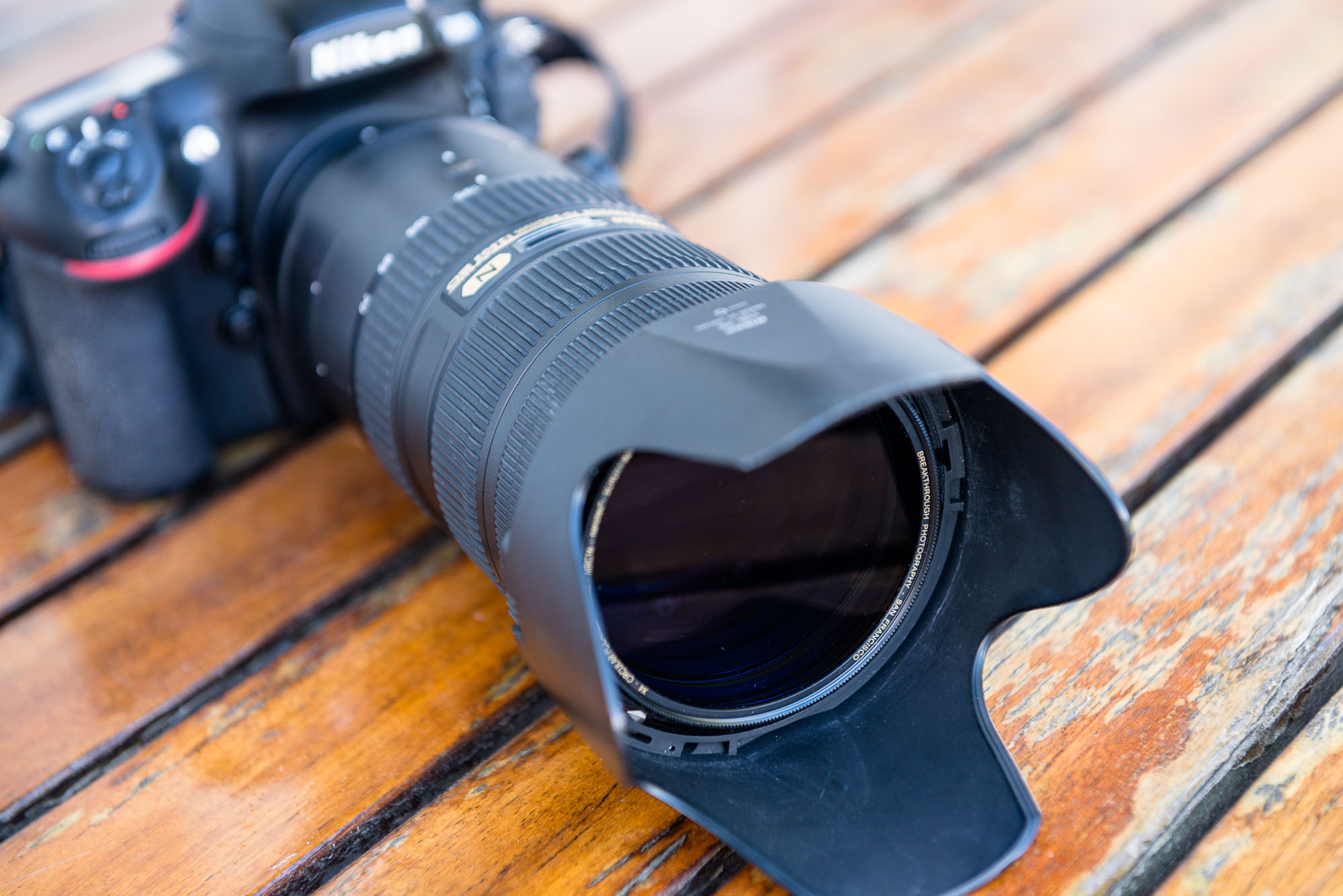All images by Cory Silken. Used with permission.
I have a love/hate relationship with polarizing filters. Their effect can be useful, however, they traditionally reduced exposure by a couple of stops. In addition to the obvious implications on exposure, this also hampers autofocus performance. I was thrilled to learn that new filters are made with a more transmissive polarizing film, and the Breakthrough Photography X4 Circular Polarizer lets through about a half a stop more light!
I often photograph yachts and sailboat racing, and using a polarizing filter sometimes helps show off the beauty of the marine environment. Getting a sharp picture of a moving subject while on a moving platform requires the highest shutter speed I can get, so the half stop improvement is tremendously useful for my work.
Pros and Cons
Pros
- High build quality
- Nano Coating for dust resistance, water repellency, and therefore ease of cleaning
- Weather resistance, said to be designed specifically to resist salt water
- 25 year guarantee
- Greater light transmission is beneficial for stopping motion (in sports or wildlife photography, for example)
Cons
- Difficult to remove
- Greater light transmission is detrimental for blurring motion (in landscape photography, for example)
Gear Used
Nikon D800 with 24-70, 70-200, and 80-400mm lenses, Nikon D7200 with 300mm lens, Aquatech Sport Shield rain covers, Contender 32, Bell JetRanger, SPF 45 sun block
Technical Specifications
Specs taken from the product page listing
77mm (39mm-105mm available)
Brass construction
Black
Includes microfiber cleaning cloth and reusable plastic filter case
Ergonomics
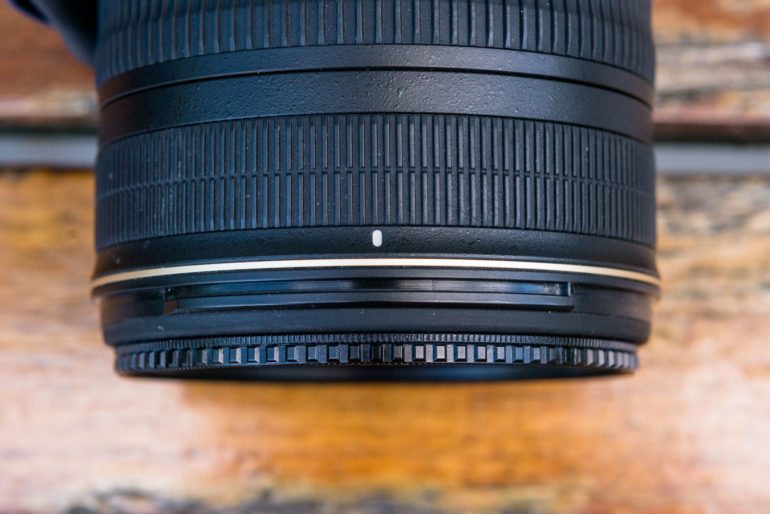
The front rotating portion of the filter has a texture that’s easy to grip and the motion is smooth. It’s tight enough that it won’t turn by itself but loose enough to be easy to adjust.
Build Quality
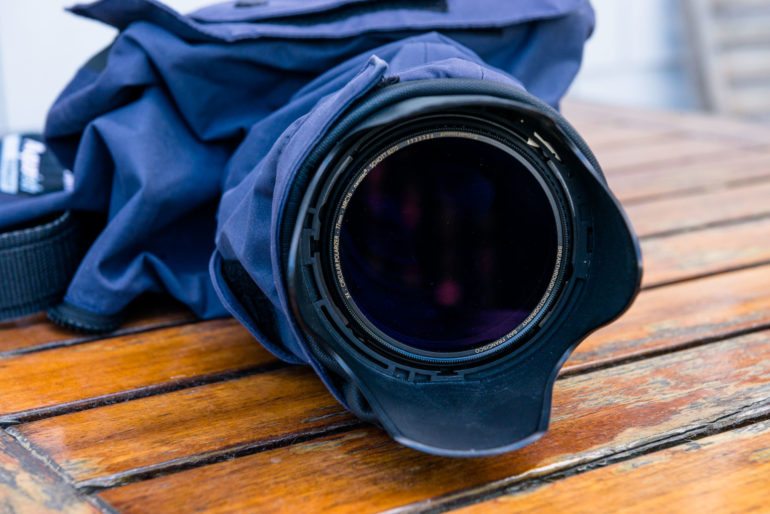
Shooting on the ocean is certainly a harsh environment for photo equipment, so I only shop for the best quality gear with the hope that, with proper care, it will stand up to the rigors of years of use. The filter has held up great in the few months that I’ve used it, with no perceptible change to the rotation or finish. I have previously had polarizers where the rotation has frozen, but only after a solid 10 years or so of use. From my experience so far, I would expect this filter to hold up at least as well.
The water repellency of the coating is of high quality as well, as haven’t noticed salt spray building up on the front quite as quickly as on others I’ve used. While I’ve witnessed some of my colleagues cleaning spray from their lenses by licking them, I find the more traditional method works fine. No taste testing was performed for this review!
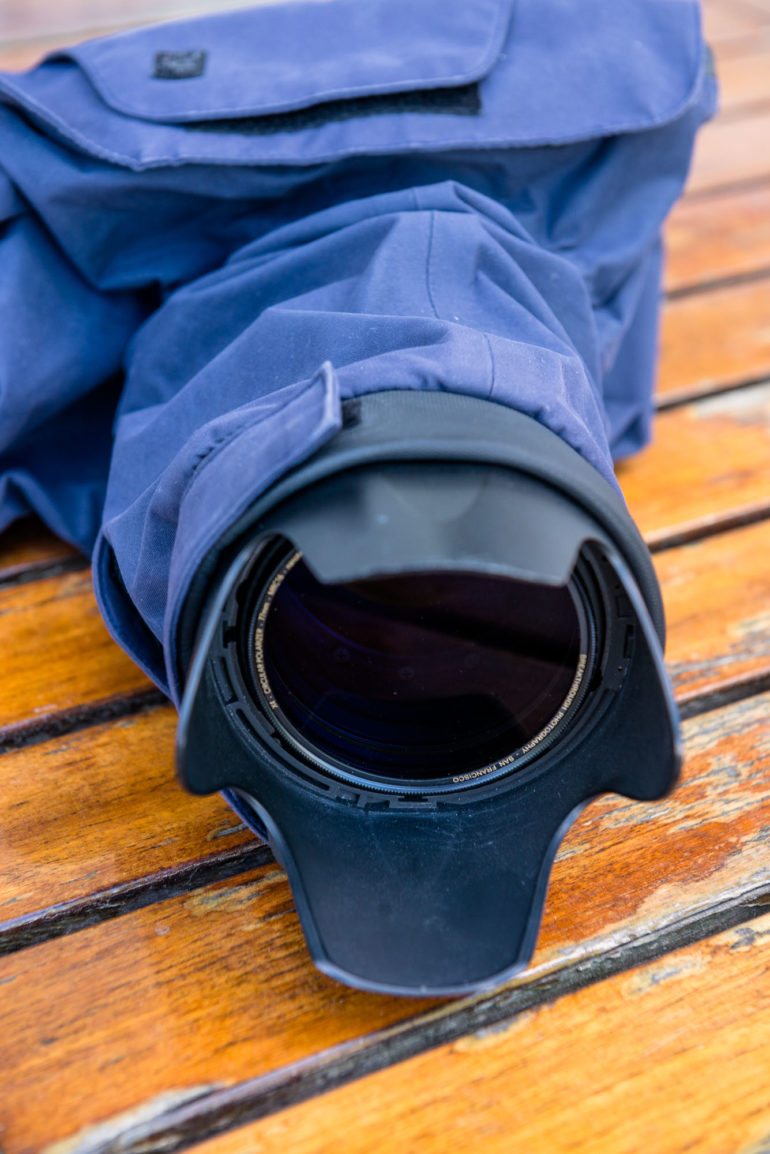
Circular polarizers come in two varieties: standard, and thin- to avoid vignetting on ultra wide angle lenses. The X4 CPL is only available in the thin variety, although it is threaded on the front for attaching another filter (some thin filters omit this). Because of the thin design, combined with the threads and a very minute texture on the inner ring, this filter is difficult to remove.
Ease of Use
I have found this filter to be easier to clean salt spray off of, with solution and lens tissue, than other polarizers that I have. If it’s a breezy day and I have to clean the filter a couple times an hour, this really makes a difference when bouncing around in a chase boat.
Installation is a breeze, however, removal is another story. The filter is particularly hard to remove, especially on Nikon’s telephoto lenses that have rubber around the end. It’s not that easy to get off of other lenses too, so I bought a plastic filter wrench. It really makes removal a bit of a procedure as I find I have to fiddle with the wrench to remove it every time. As this is the only X4 CPL I have, I’m not sure if this may be unique to my sample.
Image Quality
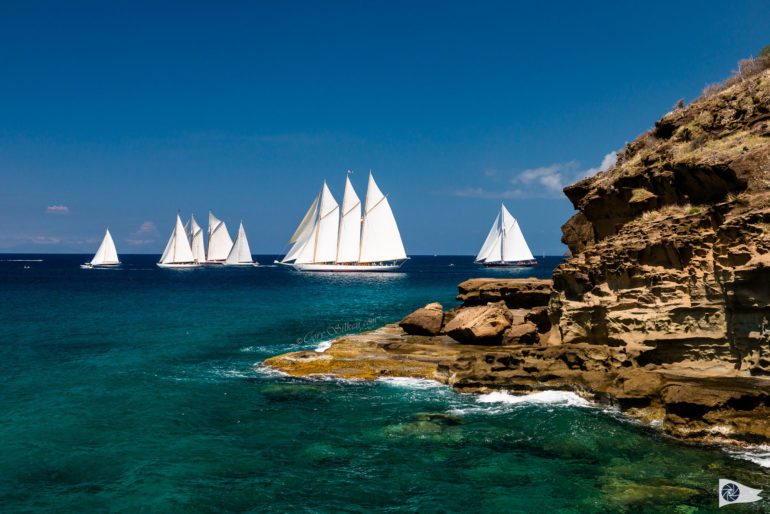
The X4 CPL is marketed as having the sharpest and most color neutral glass of any circular polarizer. While I appreciate technical quality and occasionally pixel peep, clients pay most attention to image content. I don’t have any specialized equipment to test small quality differences and, in print, I can’t discern a tangible difference in the sharpness of the glass. However, at about half a stop faster than my older polarizers, a faster shutter speed certainly does equate to sharper pictures on the water!
I find my photos with other polarizers take about a +20 adjustment to the RAW white balance tint in Lightroom. The X4 CPL takes about +26 to be to my liking.
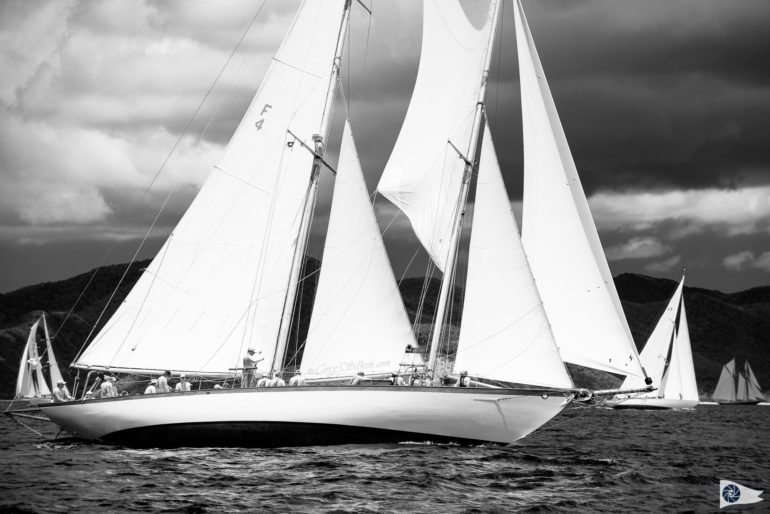
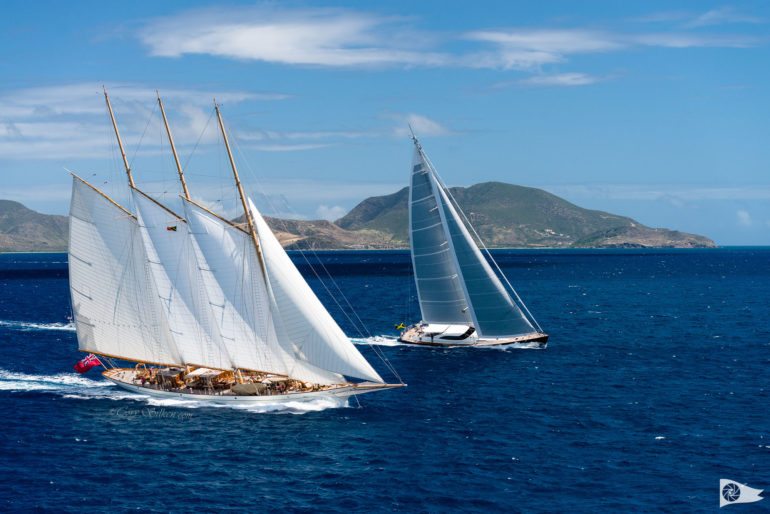
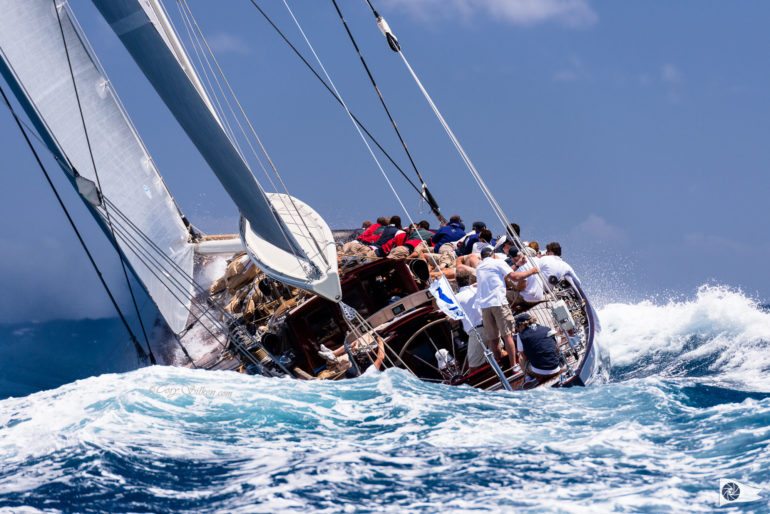
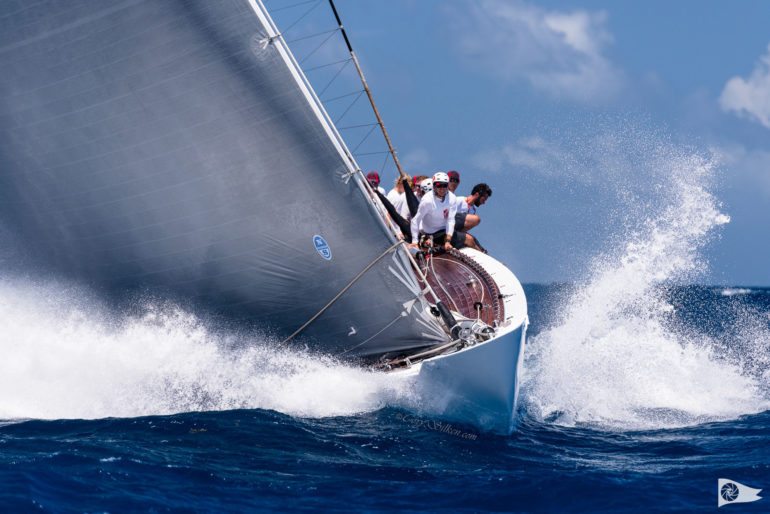
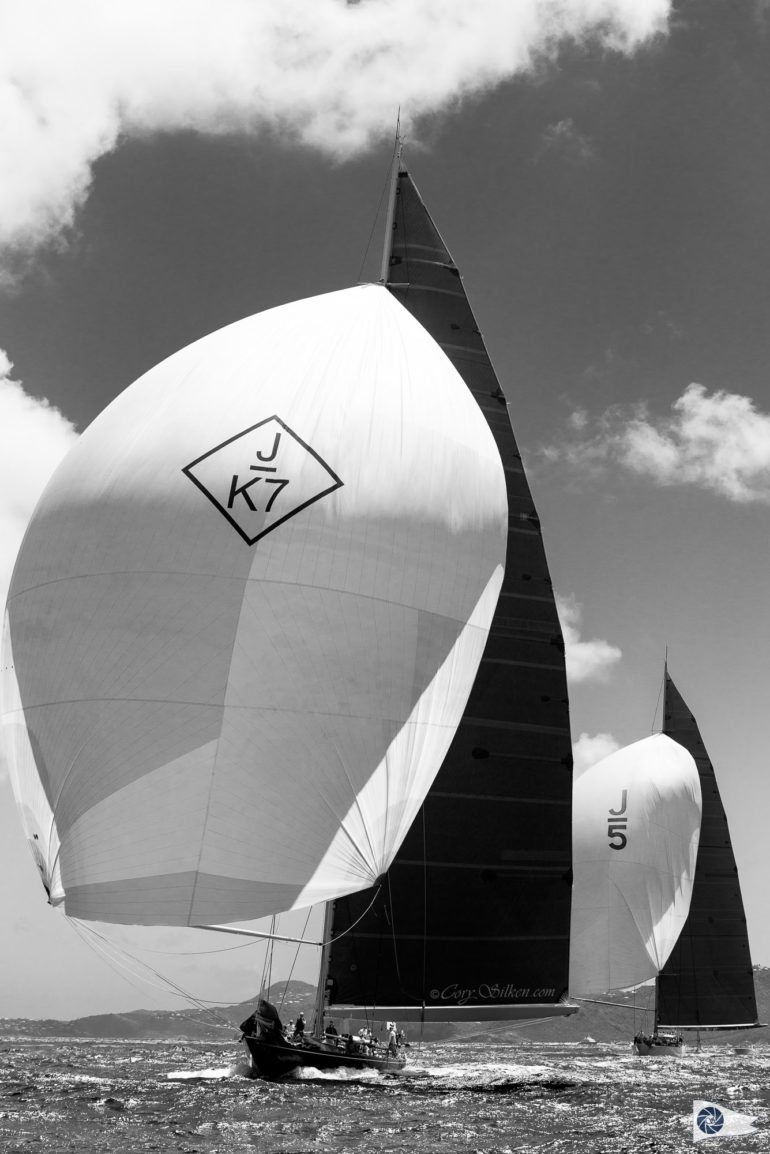
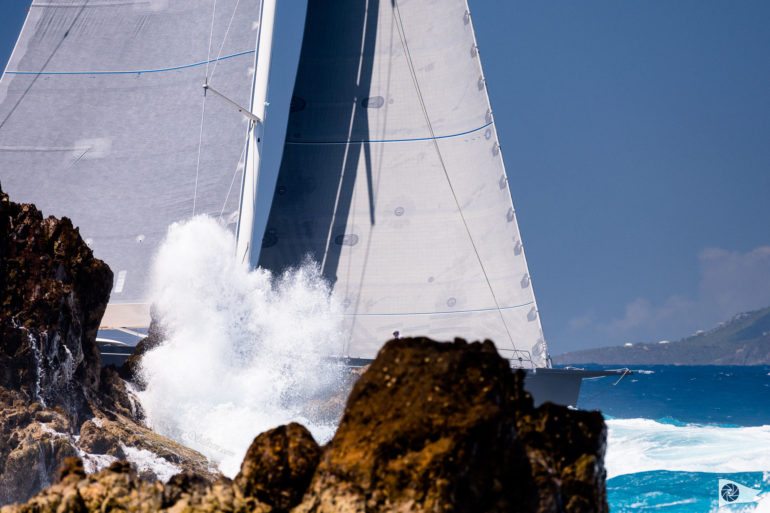
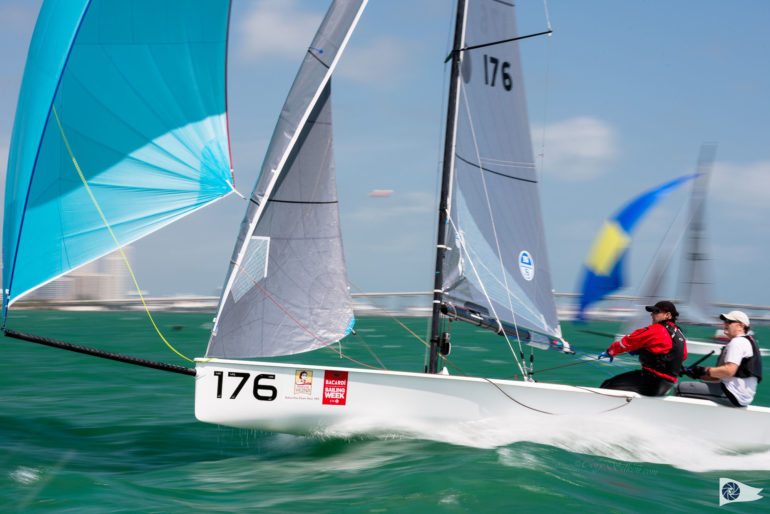
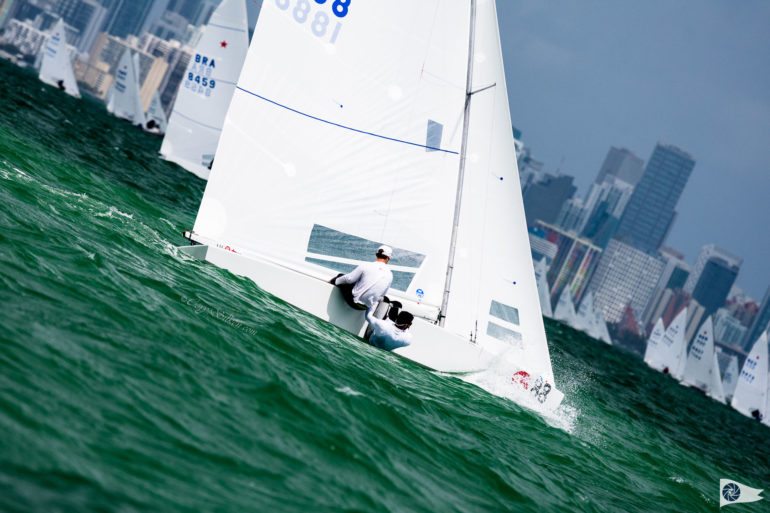
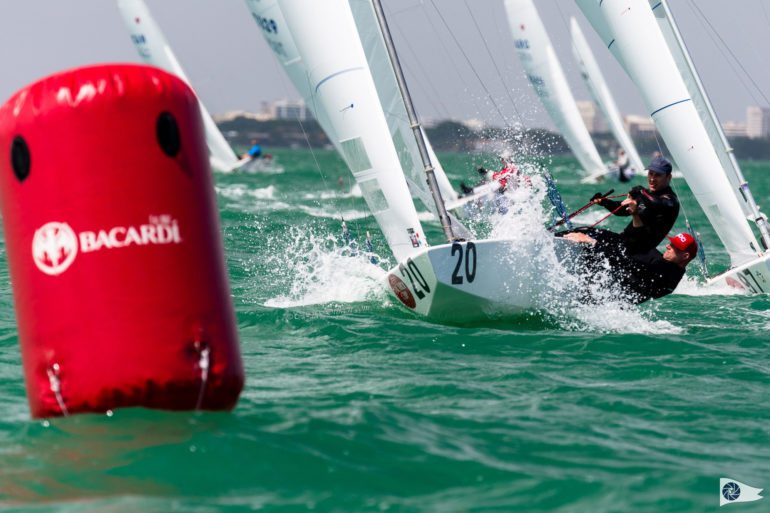
Conclusions
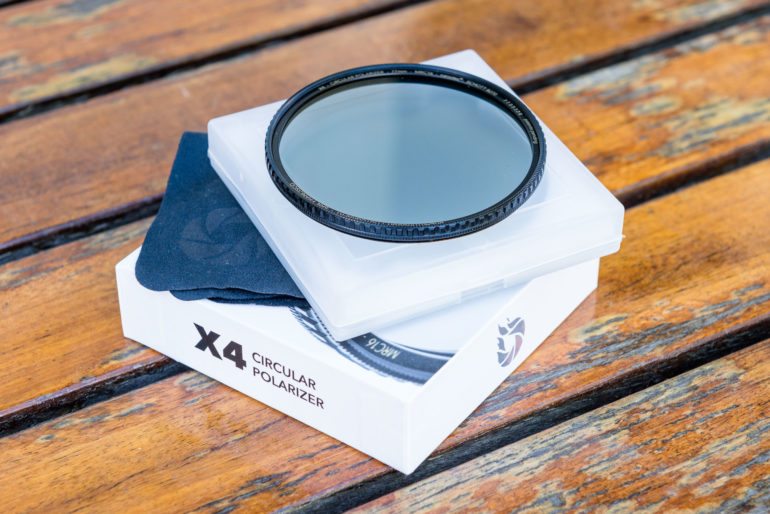
A half a stop greater light transmission is a HUGE benefit for stopping motion from a chase boat or helicopter, and I’m definitely going to replace all my older polarizers. I do sometimes shoot on a tripod at slower shutter speeds to blur the motion of water. In this instance the extra half stop works against that goal, but then I’m often using a neutral density filter as well (or instead) anyway.
Is the autofocus faster or more accurate than with the older polarizers? That’s hard to say. It is still better without a polarizer than with one.
To rate this filter on a scale of one to five it gets a four, knocking off one point for the difficulty of removal.


